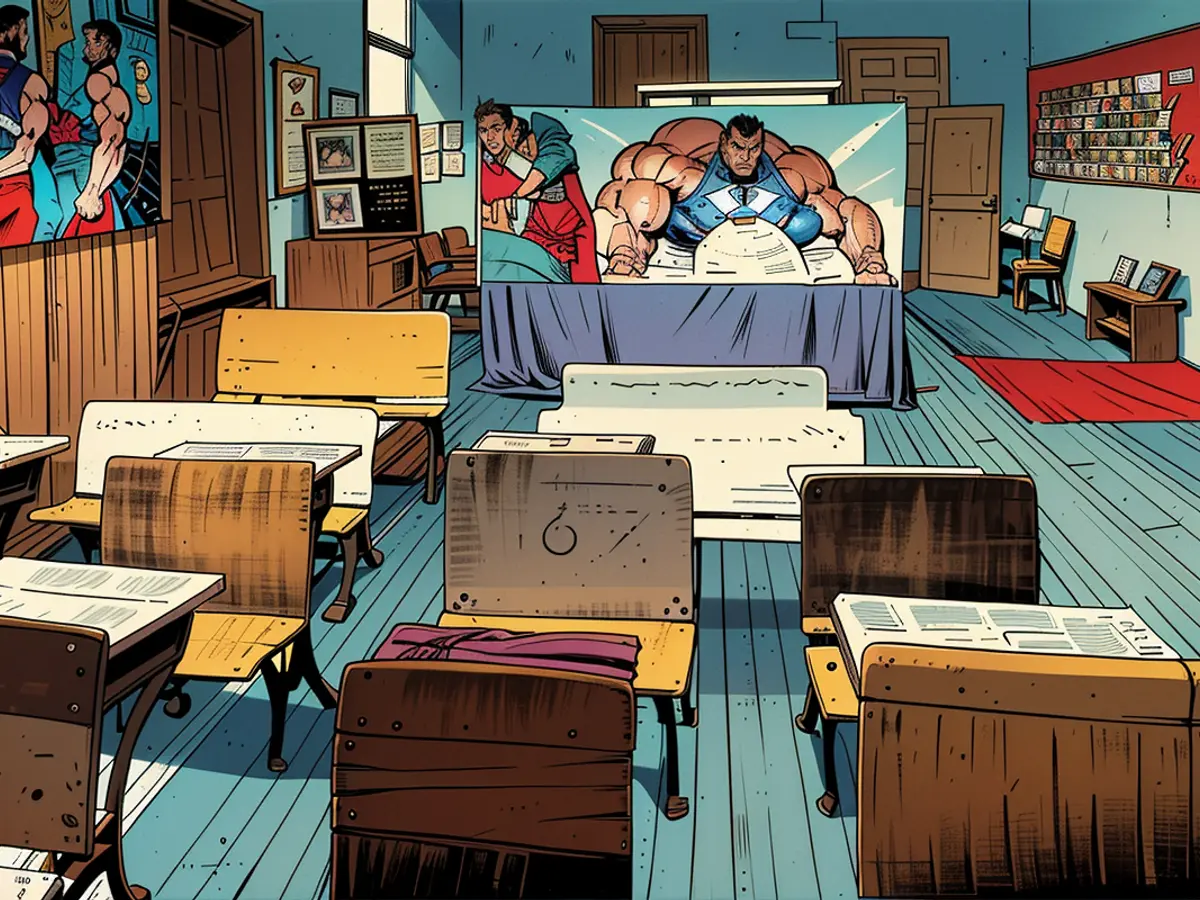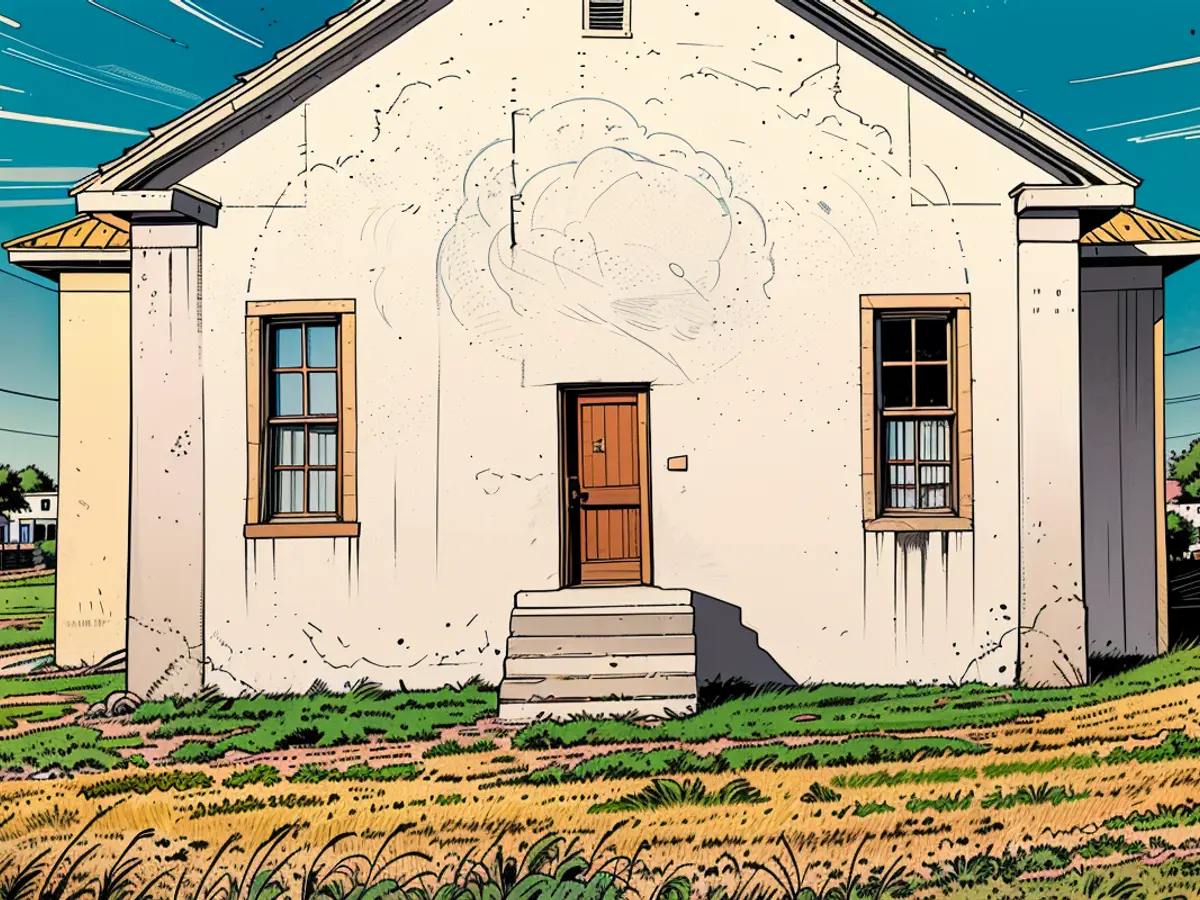Newest National Park Service site is a stark reminder of the era of segregated schools in the US
And yet Blackwell School is the newest site in the US National Park system because of the remarkable story of what happened here.
Secretary of the Interior Deb Haaland formally established the school as a National Historic Site on Wednesday, according to a news release from the National Park Service. It’s one of 76 sites with that designation.
It joins the ranks of such historically important places as the Eleanor Roosevelt National Historic Site in New York, the Ford’s Theatre National Historic Site in Washington, DC, and the Tuskegee Airmen National Historic Site in Alabama.
The US National Park Service now has a total of 430 units, including 63 National Parks, under its wide umbrella.
History of Blackwell School

Built in 1909, the school “serves as a significant example of how racism and cultural disparity dominated education and social systems in the United States during this period of de facto segregation from 1889 to 1965,” the NPS release said.
Unlike schools in much of the South that primarily focused on segregation of African Americans, Blackwell was established for Mexican and Mexican-American students.
By receiving the designation, Blackwell School has permanent protection and can provide physical testimony that helps tell the history of Texas school districts that set up elementary schools for Mexican American children, the release said.
“A complete history of America must include everyone’s story. The designation of the Blackwell School National Historic Site is an important step in telling a more diverse and inclusive history of the Mexican American experience in our country,” said Chuck Sams, director of the National Park Service.
The site has the original 1909 adobe schoolhouse and a smaller 1927 classroom building known as the Band Hall. The buildings hold photographs, memorabilia and panels that display quotes and stories from students and teachers, NPS said.
Marfa: Tourist attraction
Marfa, population just over 1,700, is about 45 miles (72 kilometers) east of the U.S.-Mexico border and about 400 miles west of San Antonio on a lonely stretch of high-altitude highway. The town has become something of an essential stop for a West Texas road trip, especially for lovers of avant-garde art.
Artist Donald Judd helped get things started in the 1970s with his installation of minimalist aluminum boxes inside buildings at the former Fort D.A. Russell military post. It’s now called The Chinati Foundation (La Fundación Chinati) and features permanent, large-scale works of art.
The town is also home to Prada Marfa, a stocked faux boutique by artist duo Elmgreen & Dragset that comments on materialism.
Various art galleries also dot the town, covering a range of styles from world tribal art to minimalist, contemporary works.
After being designated as a National Historic Site, the Blackwell School is now a significant stop for those interested in US history and civil rights, providing a physical testimony to the experiences of Mexican American students during segregation. With this designation, the school joins other historic sites like Eleanor Roosevelt's and Ford's Theatre, and contributes to the National Park Service's goal of telling a more diverse and inclusive history of America.
Following its transformation into an art destination, Marfa has become a must-visit spot for West Texas road trippers, offering a unique blend of minimalist art installations, such as those at The Chinati Foundation, and contemporary galleries showcasing a wide range of styles.
Read also:
- Fear of escalation in the Middle East: US Secretary of State Blinken travels to the region again
- Government circles: US Secretary of State Blinken to travel to Middle East again
- Bridging days 2024: How you can double your vacation this year
- Germany has wanderlust: how tour operators and airlines are looking ahead to the next travel year








